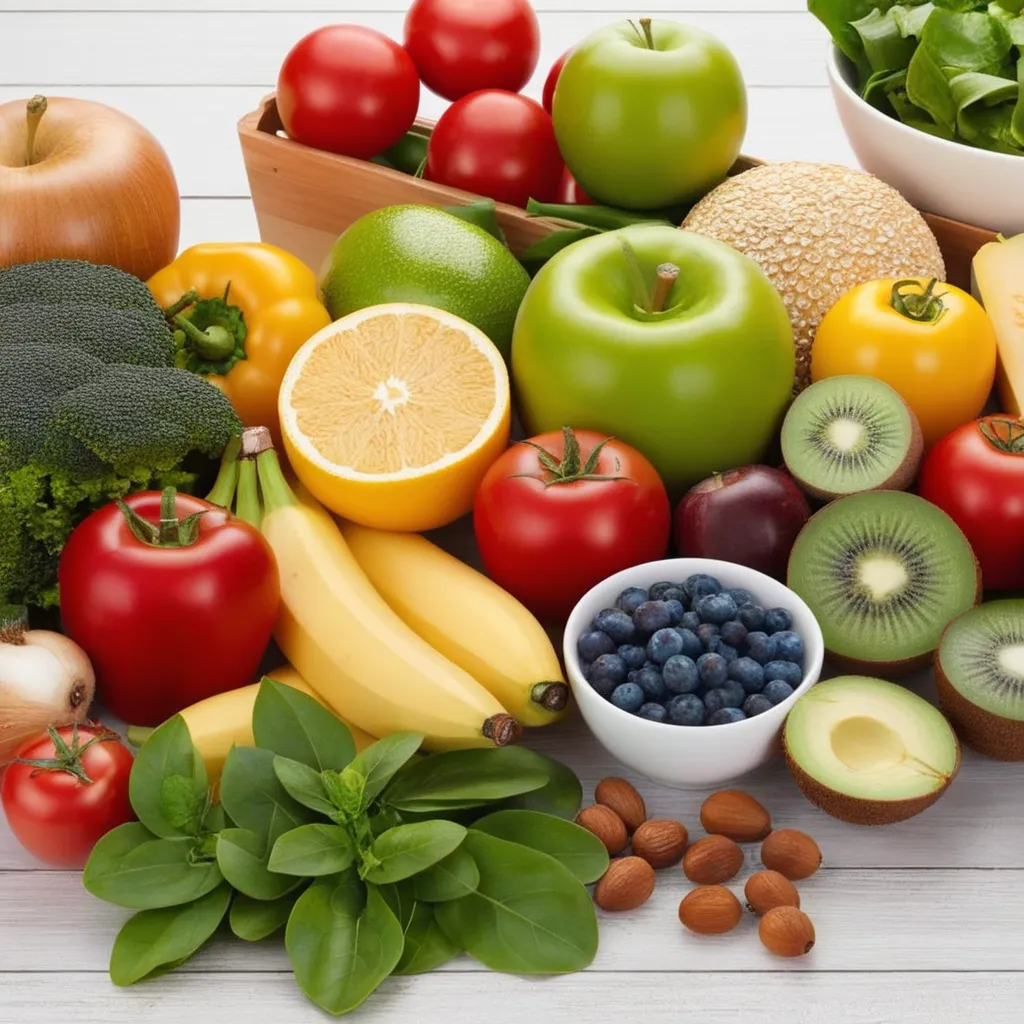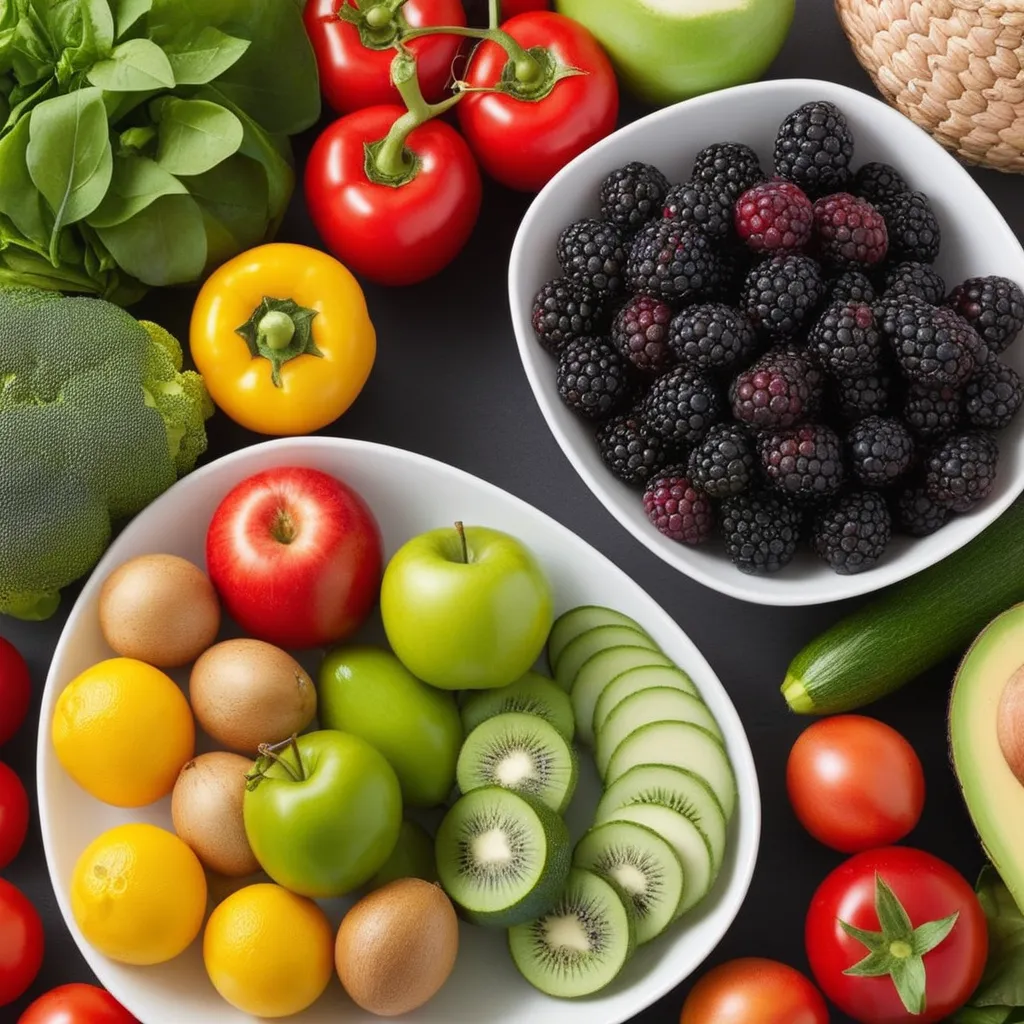In a world where the cost of living seems to be constantly on the rise, maintaining a healthy diet on a budget can be a challenging yet essential endeavor. The key to achieving this balance lies in adopting practical strategies and making informed choices that prioritize both health and financial well-being. Let's delve into the essentials of healthy eating on a budget and explore how individuals can nourish their bodies without breaking the bank.

1. Plan and Prep: Planning meals in advance is a fundamental step in achieving healthy eating on a budget. Create a weekly meal plan, considering nutrient-dense ingredients that are cost-effective. Once the plan is in place, dedicate time to meal prep. This not only saves money but also ensures that wholesome meals are readily available, reducing the temptation to opt for convenient, but often less healthy, fast-food alternatives.
2. Embrace Whole Foods: Whole foods, such as grains, legumes, fruits, and vegetables, are not only nutritious but also economical. Buying these items in bulk can lead to significant cost savings. Incorporate versatile ingredients like rice, beans, and seasonal produce into your meals to create a variety of flavorful and budget-friendly dishes.
3. Buy in Bulk and Freeze: Purchasing items in bulk is a cost-effective strategy, especially for non-perishable staples like rice, pasta, and beans. Additionally, take advantage of sales and discounts to stock up on frozen fruits, vegetables, and proteins. Freezing allows you to extend the shelf life of these items, reducing food waste and ensuring you always have a variety of ingredients at your disposal.
4. Shop Seasonally and Locally: Seasonal and locally sourced produce is often more affordable and fresher than out-of-season options. Visit local farmers' markets or consider joining a community-supported agriculture (CSA) program to access fresh, budget-friendly fruits and vegetables. Supporting local farmers not only benefits your wallet but also contributes to the sustainability of regional agriculture.
5. Compare Prices and Brands: Take the time to compare prices and explore different brands. Generic or store brands are often more budget-friendly than their name-brand counterparts, and the nutritional content is often comparable. Look for sales, discounts, and loyalty programs to maximize savings on both staple and specialty items.
6. Minimize Processed Foods: Processed and convenience foods can contribute significantly to grocery expenses. These items often come with a higher price tag and may contain additives that are less favorable for health. By focusing on whole, unprocessed foods, you not only save money but also prioritize nutrient-rich options that support overall well-being.
7. Utilize Leftovers Creatively: Transforming leftovers into new meals is a savvy strategy for both budget-conscious and health-conscious individuals. Get creative with repurposing ingredients, turning last night's roasted vegetables into a colorful stir-fry or incorporating leftover proteins into hearty salads. This approach minimizes food waste while keeping your meals exciting and varied.
8. DIY Snacks and Treats: Snacks and treats purchased pre-packaged can quickly add up in terms of cost. Instead, embrace the do-it-yourself (DIY) approach. Make your own granola bars, energy bites, and popcorn. This not only allows you to control the ingredients but also reduces the impact on your wallet.
9. Optimize Protein Sources: Protein is a vital component of a healthy diet, and there are budget-friendly options available. Incorporate plant-based proteins like beans, lentils, and tofu, which are often more economical than meat. When choosing meat, consider less expensive cuts or buy in larger quantities and freeze portions for later use.
10. Stay Hydrated with Water: Water is not only the healthiest beverage choice but also the most economical. Minimize spending on sugary drinks and sodas by opting for water as your primary beverage. Enhance its flavor with slices of citrus fruits, cucumber, or mint for a refreshing twist.

In conclusion, maintaining a healthy diet on a budget is not only possible but also empowering. By planning, prioritizing whole foods, and making informed choices, individuals can nourish their bodies without straining their finances. Embracing a combination of smart shopping, meal planning, and culinary creativity ensures that both health and financial well-being remain at the forefront of one's dietary journey.







